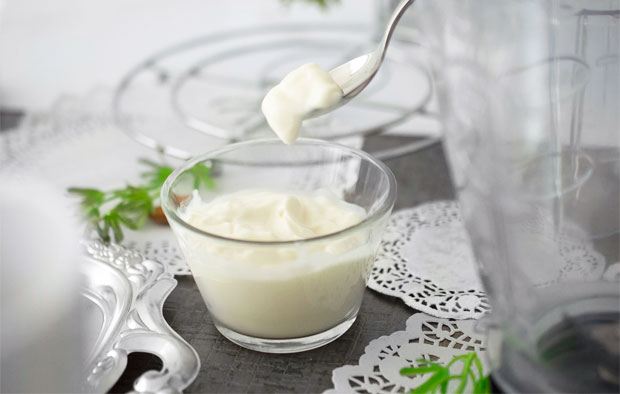Making Yogurt at Home & Commercially
Making Yogurt at Home & Commercially – How is Yogurt Made?
Yogurt is milk that is fermented at a particular temperature and then blended with two kinds of live cultures, which are respectively known as Lactobacillus bulgaricus and Streptococcus thermophiles. These are good bacteria, as they offer huge benefits to the body.
Now, many people do confuse yogurt and curd and think it to be the same. But yogurt and curd have entirely different processes of making and processing. While curd is made by curdling the milk, with the help of adding some acidic substance to it, yogurt is made by fermenting the curd with live bacteria that not only makes the yogurt little tangy in taste but also helps in various health advantages due to the presence of live bacteria in the gut.
The most original yogurt is the famous ‘Greek Yogurt, ‘ which is initially made in the same process as usual yogurt, but then the excess water is drained out, resulting in a thicker and creamier yogurt with a high level of probiotics and proteins.
How is yogurt made?
Now, let’s take a look at how yogurt is made, both at home and commercially.
Making yogurt at home:
While making yogurt at home, keeping the temperature and fermentation time in mind will determine the quality of your yogurt.
- Heat the milk first at a temperature of 180 degrees Fahrenheit, which will automatically kill all the harmful microbial germs in the milk. This step will eliminate all pathogens lurking in the milk and will create a creamier yogurt.
- After heating, allow the milk to cool down naturally to a temperature of 112-115 Fahrenheit.
- Once the cooling down process is done, make sure to add a cup of warm milk and a bacteria yogurt maker. Always use lactic acid-forming bacteria. If you don’t have that, then add three spoons of pre-prepared yogurt to start culturing the live bacteria.
- Slowly start mixing the milk with a regulated stirring which will evenly distribute the bacteria throughout
- Transfer the yogurt into another bowl and let it sit for at least 8 hours at optimal room temperature.
- Once the 8 hours incubation period is done, transfer it into a fridge for an even, creamier and thicker yogurt after a couple of more hours. Remember, semi-liquids and liquids tend to get thicker when cooled down.
Then, your home-made cultured yogurt is ready.
Yogurt as commercially prepared:
If you have noticed, commercial yogurt is of many flavours with a tinge of that flavour in every spoon you take. Commercial yogurt is prepared on a large scale using many tools and means.
- First, the milk is processed to reach a level where the solids and milk fat develop. Many times, powdered milk is developed to increase the levels of ‘Whey proteins.’
- Then the milk is pasteurized at 185 Fahrenheit, which activates the whey proteins forming a gel-like structure that prohibits the yogurt from becoming loose and runny.
- Then the cultures are added to keep it active. Pasteurization keeps the cultures live and intact
- Then the yogurt is homogenized to 2500 psi, which allows an easy mix of all the ingredients in the yogurt mixture.
- Then the yogurt is cooled at 7 degree Celsius
- More cultures are added to start the fermentation process
- Then the various flavours are added
- Packaging takes place for the final product
Now that we know both the processes of preparing yogurt, you can easily make this healthy snack at home. However, special attention should be given towards the time the live cultures are allowed to stay in the yogurt. If the yogurt is left with the culture long enough, it will result in two main things. First, it will result in a creamier and thicker yogurt, and secondly, it will give the yogurt that tangy signature flavour. This final product will have all its lactic elements broken down, with only 2% of lactic solids left. Thus, even lactose intolerant people can also have it.
Even though the preparation is tricky, consuming yogurt adds to a very healthy food lifestyle. Some of the benefits like improving digestion, treating IBS (irritation bowel syndrome), among many others.
To learn more about yogurt making, you can research online. Yogurtnerd.com is a website where you can get articles like these which focus on usual as well as not so usual recipes of making different types of yogurt. This platform is easily accessible, with very easy and practical and fun yogurt ideas that are not only very interesting to read and make but the easiest too. Read up, gather your tools and make your very own yogurt at home.
Guest Article.









